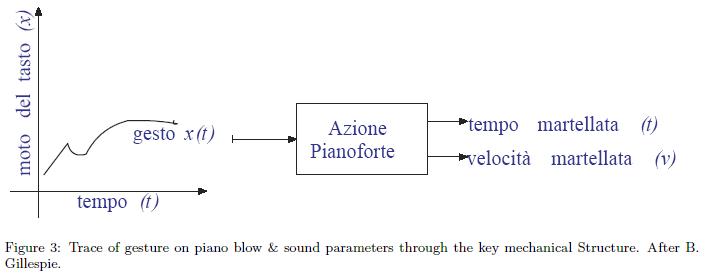The point of view of the scientist: a very senior XX century physicist, sir James Jeans, in a lecture read to the English Piano Teachers association (Jan. 8, 1939), proclaimed the sentence:
"The moral for piano teachers is that so far as single notes are concerned, it does not matter how the pupil strikes the key, so long as he strikes it with the requisite degree of force. If this is right, the tone quality will be the same whether he strikes it with his fingers or even the end of his umbrella. As far as the scientist can see, that is all there is to the much debated problem on the piano touch."
Many years are passed from 1939 to now, the immense esteem that this eminent man of science deserves for his important work in many fields of physics remains unaltered; he succeeds in astronomy as well as thermodynamics, heat, fundamentals aspects of radiation, etc.
The development of the technology in recent years leads necessarily to see again this concept, it can be verified that compared to other musical instruments the acoustic piano supplies the musician with a limiting collection of controls on the parameters of the sound. Accordingly to nowadays science discoveries one might dare on saying that, reasonably, 1939 knowledge expectancies does not match the complete word on the matter however; in this website I do argue broadly about this matter.
The peculiarity of our loved instrument is that differently from cordofoni family instruments, that depend on the continuous excitation of a resonant body for the production of the sound, the pianoforte does not offer any possibility to vary the timbrical shape, which is independent of the intensity. Every key of the keyboard possesses a mechanism of independent Action that regulates in the single blow impulse these two fundamental qualities of the sound. Both the intensity and final timbre the instrument emits must be modulated jointly during the time arc that the key struck employs.
In similar way, differently from human voice but similar to great part of the musical instruments, the pianoforte is not able of modulating the filtering property of its body of resonance; after the period of Hammer-String interaction is ended, the sound evolve according to the property of static filtering of the string and the harmonic soundboard table. Pianoforte, as other relative instruments equipped of keyboard, has certainly an important advantage on other instruments: it produces ready audible polyphonic sounds; its immense reputation like an expressive tool in contemporary music, however, cannot totally be represented only from this simultaneous several voices emission particularity. Pianoforte enjoys also the status of an instrument of the rich tonal color, its music is recognized extensively as lyric music, with a practically advanced superior tonal gamma and timbric colour of whichever instrument of the symphonic orchestra. Concluding we can say that notwithstanding piano is well known as an instrument of percussion, is amazing that it must be admired for its ability in producing shadings in the color of the sound. The phenomenon is especially extraordinary since the pianist does not have a way to control the frequencies emitted at all. In any case we can resume two important facts about gesture at playing, namely:




